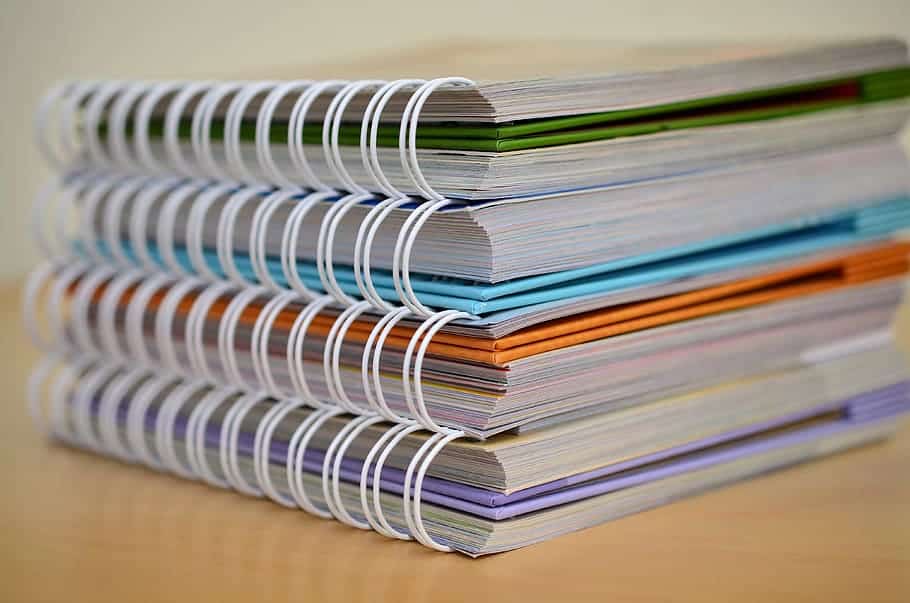Bind your precious document with proper binding service
Seat sewing, amazing book authoritative, brush tie, and the most famous wire official – which of these coupling choices is appropriate for your reports, indeed what do they each mean? They have all advanced out of the art of bookbinding, which began in India in the primary century BC. Initially, Buddhist priests replicated strict writings onto palm leaves which were numbered and bound along with twine and wooden loads up.
Wire Binding
Wire restricting is a well-known choice for reports that need to lay totally level when opened, for example, a guidance manual. It utilizes a C-molded wire spine that holds punched pieces of paper together by circling through poked holes in the paper. It likewise takes into consideration the complete turn of the pages around the spine.
This technique looks current and cutting edge and has sturdiness as it’s principle advantage. The completed Document binding is anything but difficult to peruse and lies level when open.
Brush Binding
Brush restricting follows a comparable technique, utilizing round plastic spines through rectangular poked holes in the paper. Brush restricting spines will in general be less inflexible than wire spines so might be fit to lighter weight reports.
The plastic brush is squash safe and will last and last. It should be noticed that the record isn’t for all time fixed in and potential pages could be added or removed.
Amazing Book Binding
Amazing restricting is the strategy presently most connected with Document binding. It includes utilizing cement to connect a paper cover to the spine of amassed printed sheets. This technique is ordinarily utilized for softcover books but at the same time is fitting for other enormous reports requiring expert completion. Practically the entirety of the softcover books in the normal bookshop is amazing bound.
Seat Stitching
For more modest records, saddle joins restricting might be more fitting. It is valuable for making booklet-sized distributions, for example, pamphlets and schedules. Pieces of paper are collapsed with the goal that the overlay shapes the spine and afterward, staples are put in the overlap to hold the sheets together.
The archive sheets are regularly collapsed and bound with staples along their collapsed edge. This strategy is extremely famous with bulletins and pamphlets.
Case bound
The standard restricting technique for hardback books, case restricting is the ideal decision for very good quality activities and reports that require a particularly cleaned finish. There are a couple of various sorts of case authoritative, however, all in all, the inward pages of the record are sewn together in areas prior to being stuck to endpapers which are themselves at that point stuck to the book’s cover.
Velo Binding
Velo restricting is basically something contrary to brush official or curl authoritative. 11 little openings are punched along the edge of an unbound book. Two unbending bits of plastic are set along the spine on the front and back of the book with prongs interfacing the pieces and holding the book together. This makes the book exceptionally hard to duplicate. This way of restricting is extraordinary for touchy reports that the proprietor doesn’t need to be duplicated. Also, books with Velo restricting look smooth and proficient and are anything but difficult to stack.

